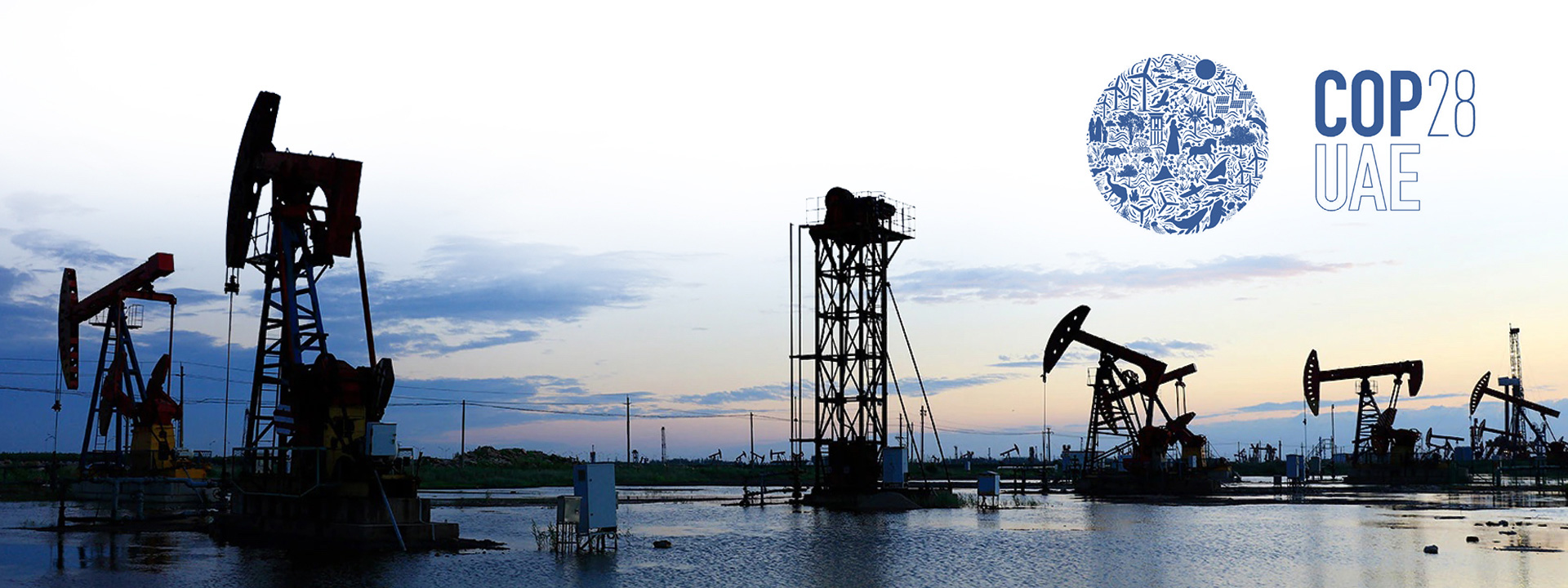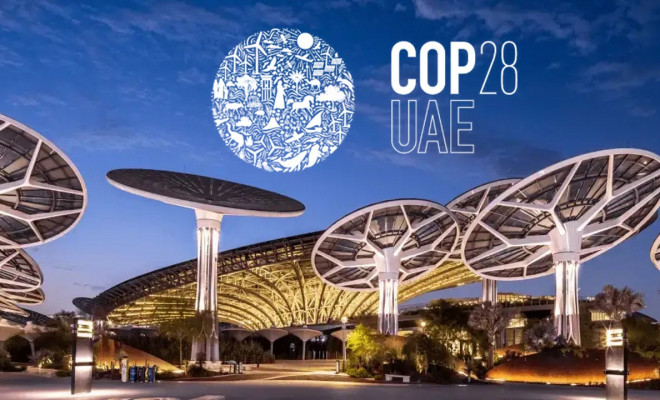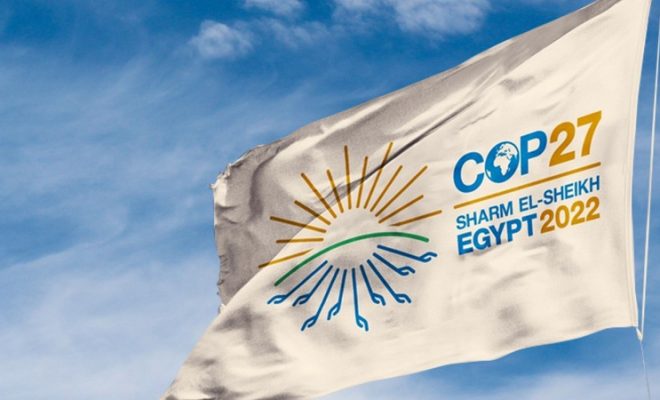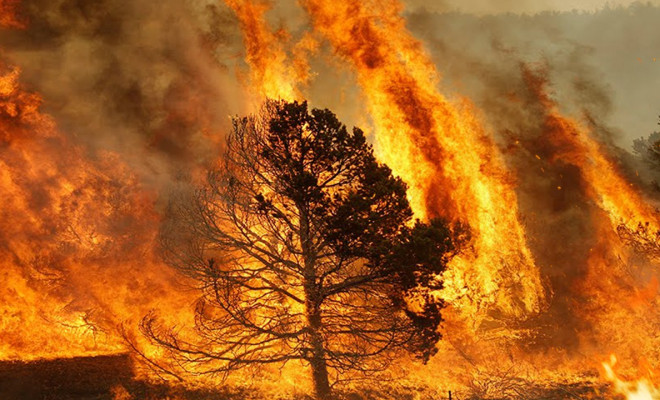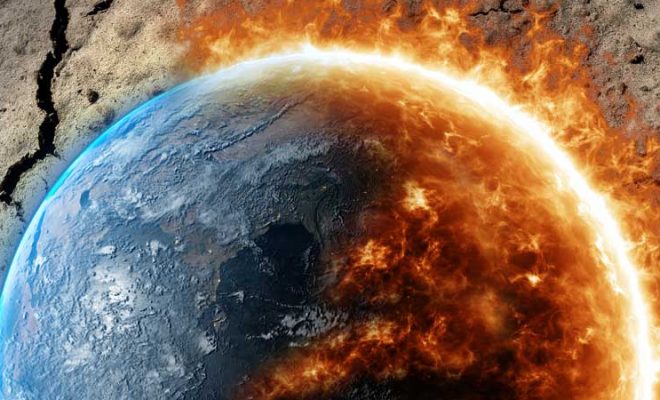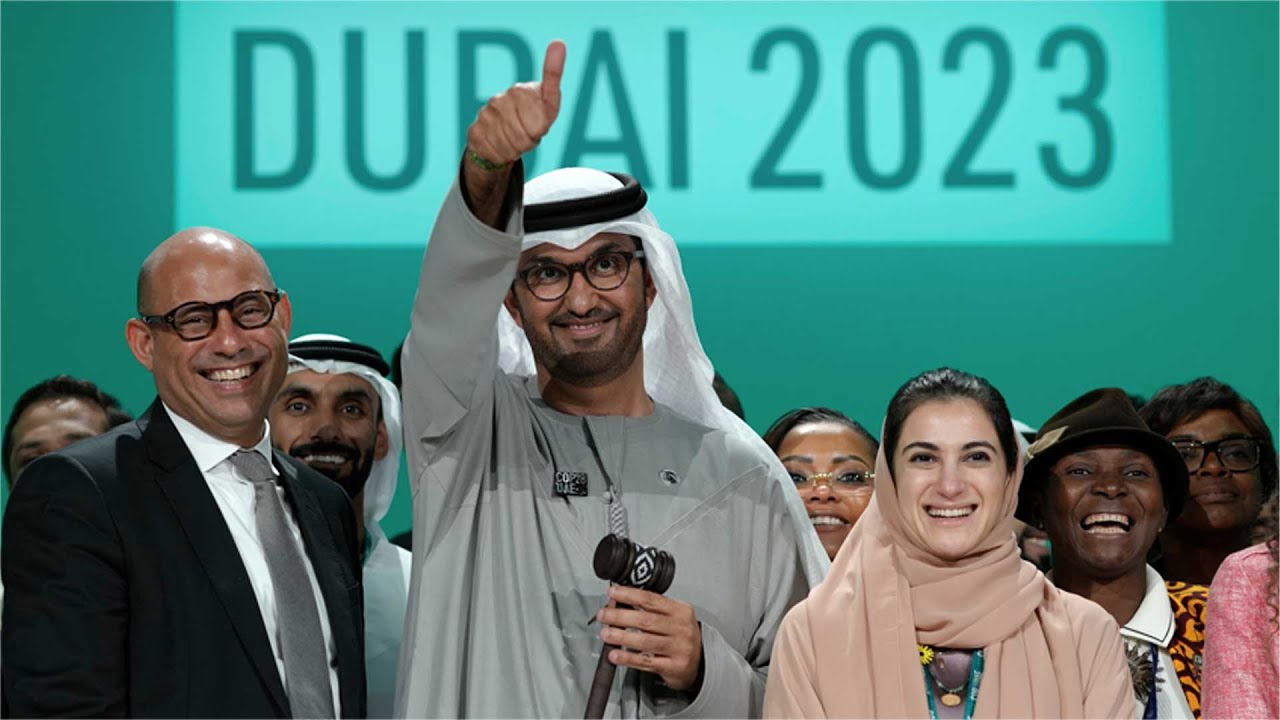
The world is seriously concerned. The recent COP28 in Dubai provided the stage for the most crucial dialogue for humanity since the creation of the UN at the end of World War II. At least, it is the one that has raised the highest expectations since these conferences began in 1995. At that time, although already scientifically proven, climate change was a distant threat to the population. Now, we are in a radically different scenario: humanity is going through an evident crisis that affects us all, and how we solve it implies a high dose of solidarity.
At COP 21 in Paris in 2015, we reached a turning point: a historic agreement was signed to reduce greenhouse gases (GHGs). It was then decided not to exceed 1.5°C atmospheric temperature. Successive IPCC reports, whose forecasts have been confirmed year after year, have intensified calls to accelerate change and avoid the worst. Warming has only increased, but definitive executive action has not been forthcoming, provoking a general feeling of impotence and exasperation among UN scientists and experts, who consider that we have lost precious time in these eight years since the Paris Treaty.
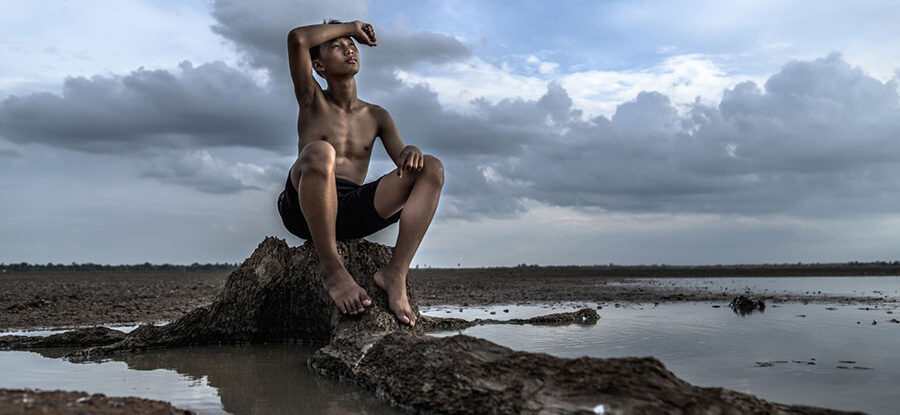
At COP28, a groundbreaking climate change mitigation agreement has been achieved, actively engaging in urgent adaptation measures. Water provides a universal language © Jcomp / Freepik
The record attendance at COP 28 confirms the concern: more than 70,000 delegates and leaders from around the world came to Dubai, and the high-level World Climate Action Summit (WCAS), which was held on the first two days, brought together 156 heads of state and government, 22 international leaders and 784 ministers, something never seen before.
Mitigation: Will we succeed in eliminating GHGs? There is hope for change
The agreement on fossil fuels came at the last minute. There was a lot of pressure from the OPEC lobby, which sent a record number of delegates; however, in the approved text, for the first time, nations are invited to “undertake a transition away from fossil fuels” (not just coal as mentioned at COP21 in Paris), which account for 80% of the world’s energy. This is the highest level of commitment ever reached.
This is a historic first legal step taken by consensus of the 198 countries. The final agreement recognizes the need to limit warming to 1.5°C by achieving a 43% reduction in greenhouse gas emissions by 2030 and a 60% reduction by 2035, relative to the levels recorded in 2019, in order to achieve a net zero emissions balance by 2050.
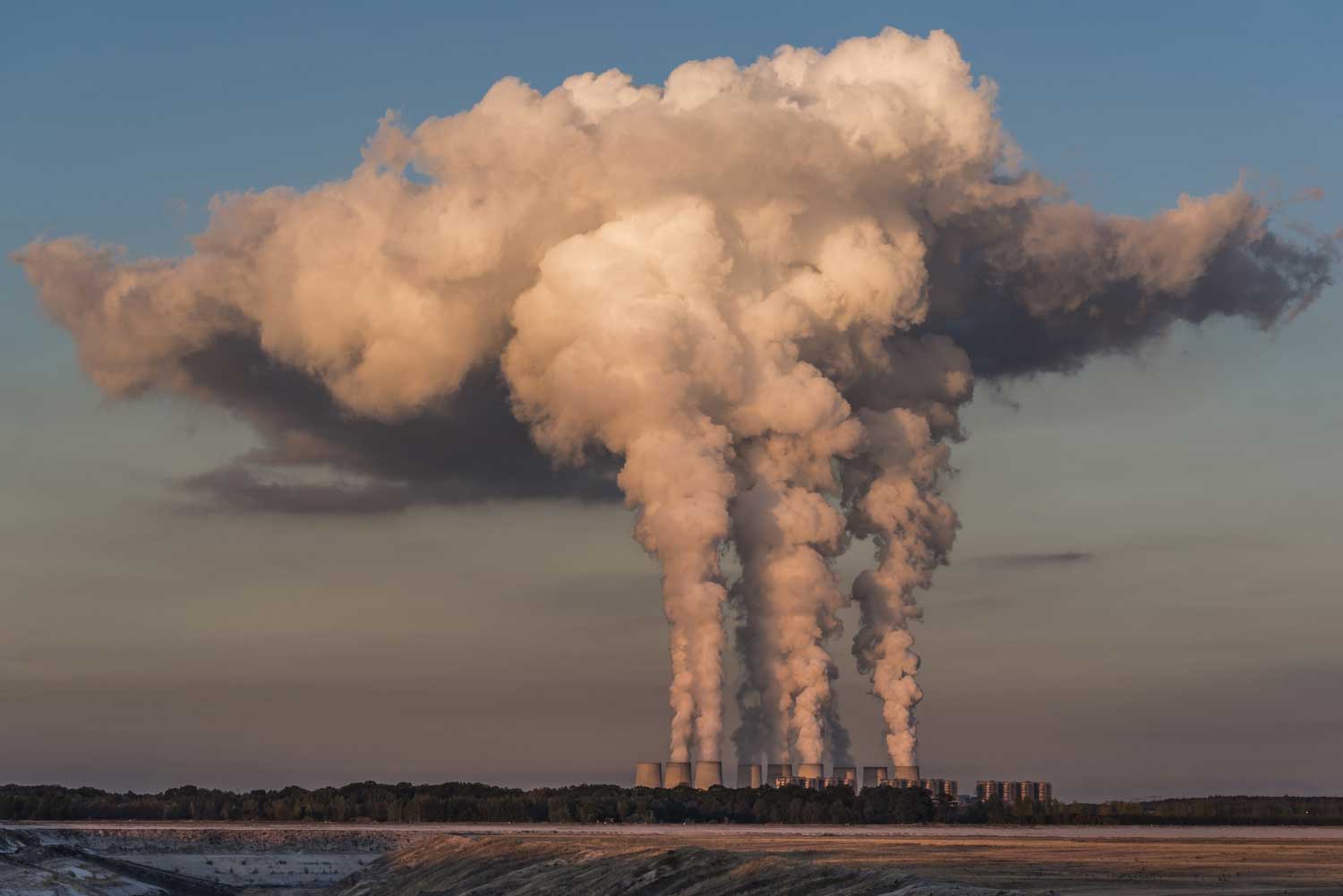
The agreement on fossil fuels came at the last minute. © wirestock / Freepik
However, environmentalists and numerous scientists have criticized the agreement, which was reached by consensus instead of a vote. They also point out the absence of specified penalties for non-compliance and the omission of the eagerly anticipated phase-out from the final text, which many deem a failure.
The funding required for developing countries to execute the transition is also unspecified, and the rate of reduction is left to the discretion of nations, introducing uncertainty about the ultimate outcomes. Furthermore, criticism is directed at the absence of a timetable for phasing out fossil fuel subsidies, a crucial element for successfully moving away from them.
A new spirit
However, the summit has shown significant advances that will undoubtedly influence decisions. The first is the apparent abandonment of denialism. Every country, including those whose economies rely on oil production, now openly acknowledges that climate change is anthropogenic and is generating a global crisis. Despite the initial controversy surrounding statements from Sultan Al Jaber, COP president, which questioned scientific reports—promptly corrected within hours—the final document acknowledges that human activities, primarily through greenhouse gas emissions, have indisputably led to global warming of approximately 1.1ºC.
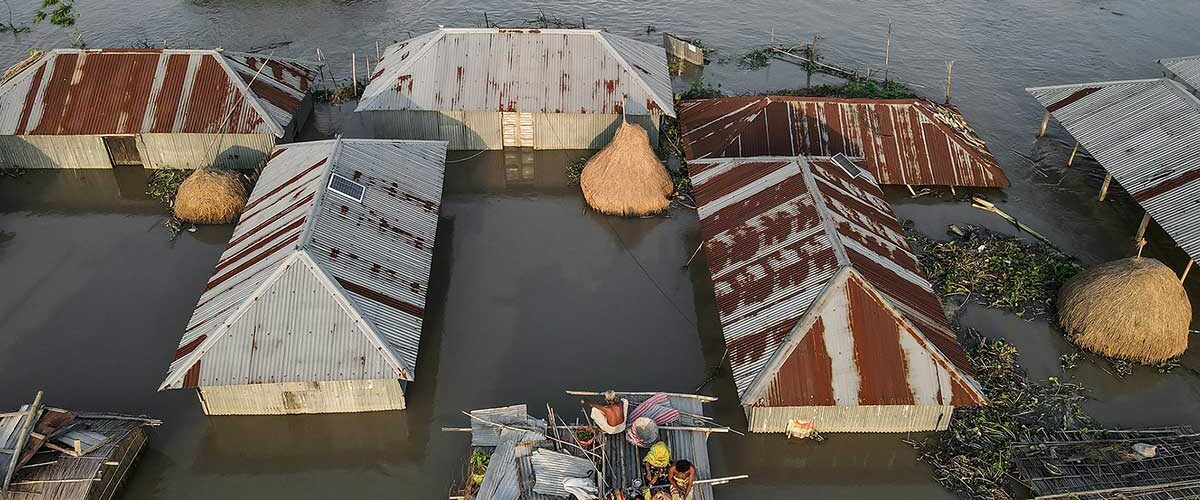
The relationship between climate change and health, gender inequality, and the helplessness of the most neglected communities in the face of droughts, floods, and rising sea levels are now permanent issues on the agenda of future COPs. © Muhammad Amdad Hossain /WMO
The second shift in focus has been to put people at the forefront. The relationship between climate change and health, gender inequality, and the helplessness of the most neglected communities in the face of droughts, floods, and rising sea levels are now permanent issues on the agenda of future COPs. They are the determining factor in the design of adaptation strategies.
Loss and Damage Fund: Have we achieved it?
At the previous COP 27 in Sharm El Sheik, a firm resolution was expected on the Loss and Damage Fund, an initiative to fund adaptation efforts in the poorest countries that has lingered without concrete action for a decade. At that time, discussions on the calculation of the amounts and forms of financing prevented the fund from being activated. Moreover, the promised meeting scheduled for last July to draft a document that would be signed as a binding agreement at COP28 never occurred.
The Fund is a solidarity-based resource that brings us face to face with a reality: the global balance depends on addressing the inequalities caused by the climate crisis. In Dubai, it was at least possible to define the starting amounts: the fund will have to raise “at least” USD 100 billion every year until 2030 and will be managed by the World Bank, which will be the interim host for four years. This is a step forward, but the countries of the Global South, which contribute the least to climate change and suffer the most from its consequences, demanded more: a contribution of around 400 billion a year and that the Fund should not depend on the World Bank.
The water cycle is the language we all understand
The climate crisis expresses itself through water. Drought and floods are phenomena that, together with heat waves, cause direct damage to people, mainly those with the least resources. Desertification and water pollution are part of this harmful circle of environmental degradation. These factors challenge our capacity to adapt and directly compromise most SDGs.
To attain resilience, it is essential to prioritize water in all strategies. This explicit recognition only occurred at COP 22 in Marrakech in 2016. Since then, the water cycle has gained growing importance, influencing the language used to communicate adaptation actions and determining the pathways through which solidarity should be directed.
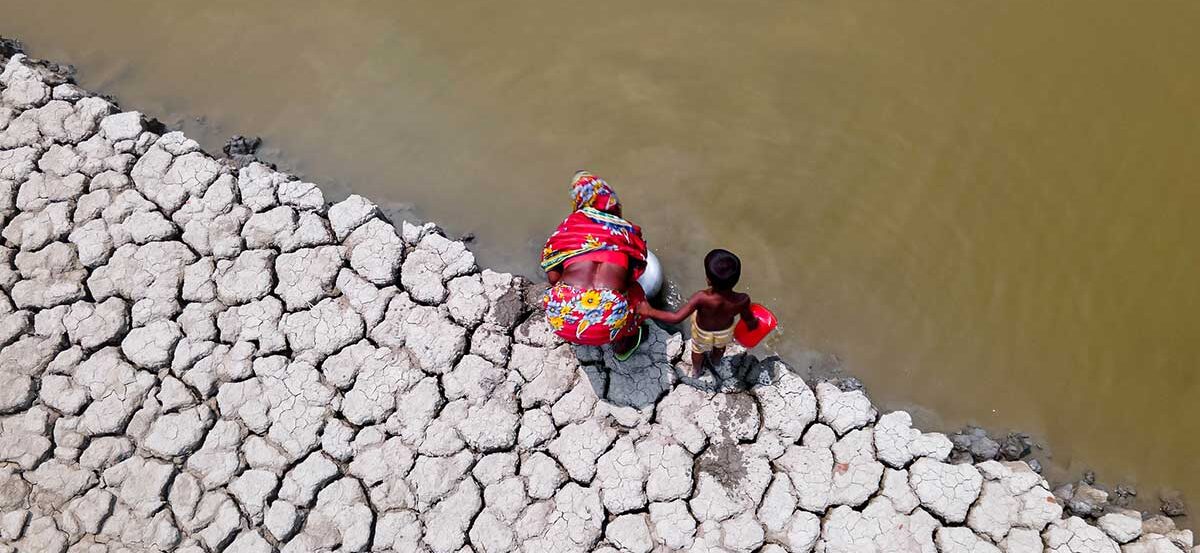
The climate crisis expresses itself through water. Drought and floods are phenomena that, together with heat waves, cause direct damage to people, mainly those with the least resources. © Muhammad Amdad Hossain / WMO
Support for agriculture in the face of drought was the most eagerly awaited. One hundred fifty-two countries signed a Declaration on sustainable agriculture, resilient food systems, and climate action, announcing the release of more than 2.5 billion dollars from the international community to finance this new commitment.
Moreover, the Freshwater Challenge, launched by the United Nations Water Conference last March, gains 30 new member countries that pledge to protect and restore 30% of the Earth’s degraded freshwater ecosystems by 2030.
The world is split into two groups: those obligated to take the lead in mitigation efforts and those who must promptly focus on adaptation, making it a fundamental tool for future resilience. Mitigation and adaptation represent shared goals, forming a new definition of planetary solidarity.


